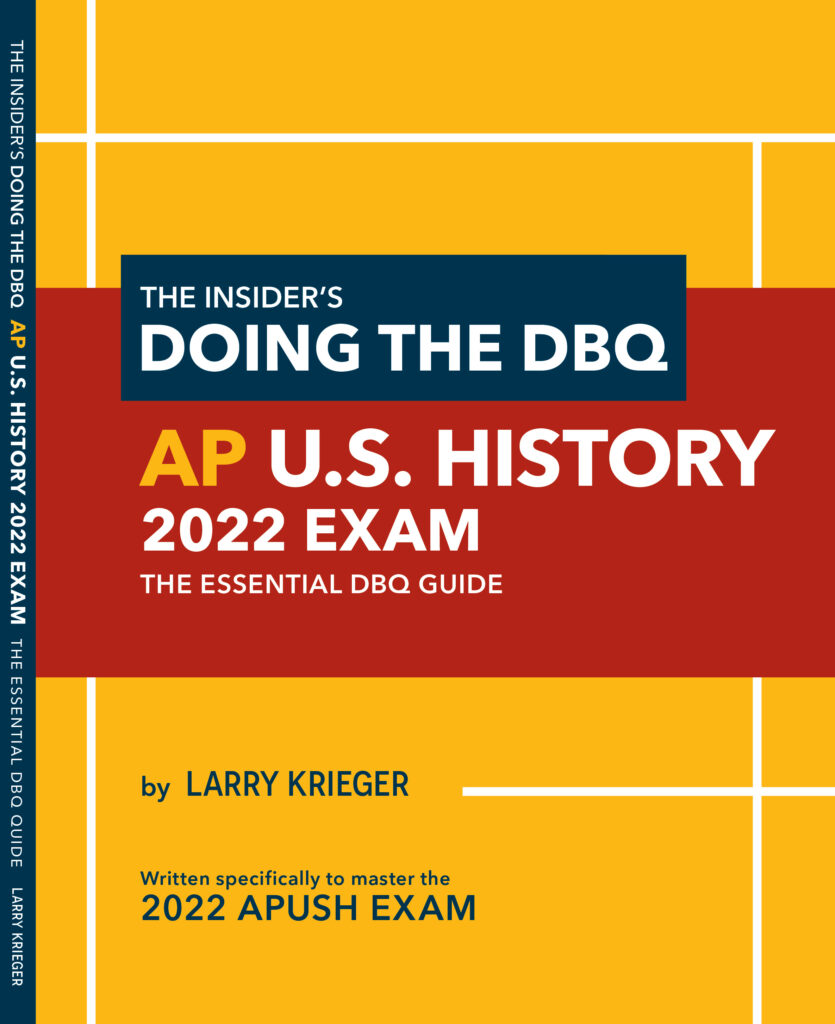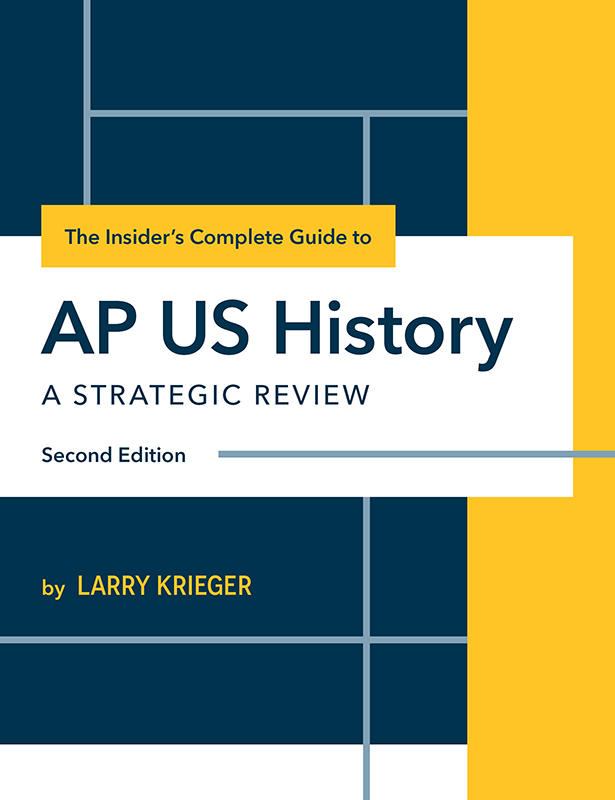Should NATO Intervene in the Ukraine War?
What are the PROS and CONS of a NATO military intervention in the war in Ukraine?
NATO
The United States and the Soviet Union emerged from World War II as the world’s foremost military powers. Acutely aware of America’s military strength, Soviet leader Joseph Stalin wanted friendly countries along Russia’s western border. Stalin’s determination to dominate Eastern Europe quickly became a reality as he began to install pro-Soviet governments throughout the region. In a speech delivered on March 6, 1947 at Westminster College in Fulton, Missouri, Winston Churchill warned, “An Iron Curtain has descended across the Continent.”
In June 1948, Stalin ordered a blockade of Allied-controlled West Berlin in a dispute over Germany’s future. The United States thwarted Stalin by organizing a successful airlift of supplies into the besieged city. The Berlin Airlift forced Stalin to end the blockade. Deeply alarmed by the crisis, the United States, Canada, and 10 European countries ratified the North Atlantic Treaty in 1949.
The North Atlantic Treaty Organization or NATO operates on the principle of collective security. Article 5 stipulates, “An armed attack against one or more of the signatories in Europe or North America shall be considered an attack against them all.” Article 5 thus bound the United States to its first-ever peacetime military alliance. “We hope that it will prevent World War III,” said President Harry Truman.
NATO has preserved the peace for 70 years. But President Putin’s unprovoked invasion of Ukraine is confronting NATO with an unprecedented challenge. Although Ukraine is not a member of NATO, the increasingly brutal and bloody conflict is leading to calls for alliance members to intervene in the conflict. What are the pros and cons of a NATO military intervention in the war in Ukraine?
NATO Should Militarily Intervene in Ukraine
1. Humanitarian crisis
Putin’s brutal and relentless bombing of Ukrainian cities and civilians is creating a massive humanitarian crisis. Over 4 million Ukrainians have already fled to neighboring countries. Half of the refugees are young children. How can the NATO countries sit idly by and watch Putin butcher a people who desire to live as free men and women in a democratic country?
2. Sanctions take too long
NATO has imposed an unprecedented range of sanctions on the Russian economy. But the sanctions will require too long to work. Unfortunately, many countries in Western Europe are dependent upon imported Russian oil and gas. The $1 billion daily cost of this crucial energy is funding Putin’s war machine and preventing the sanctions from fully crippling the Russian economy.
3. Putin’s nuclear threat is a bluff
Russia is a nuclear power armed with over 4,000 tactical and strategic warheads. Putin is ruthless and amoral. But he is not insane. He has correctly calculated that his threat of using nuclear weapons is deterring NATO from intervening in Ukraine. Putin’s nuclear blackmail is a bluff. The Russian dictator sits at the end of a table 20 feet away from his closest advisors. Will an alleged strongman who is afraid of Covid-19 actually risk his life in a nuclear war?
4. NATO’s credibility is at stake
NATO’s effectiveness has always depended upon the belief that the alliance is prepared to risk a nuclear war to defend its members and critical interests. Ukraine is not a member of NATO. But its survival as an independent country is in NATO’s interest. The fall of Ukraine would undermine NATO’s credibility and invite further Russian aggression.

NATO Should Not Militarily Intervene in Ukraine
1. Ukraine is not a member of NATO
Ukraine is not a member of NATO and therefore is not protected by Article 5. The NATO powers are therefore not obligated to use their ground and air forces to protect Ukraine. But they should send more military equipment to Ukraine, impose even more sanctions on the Russian economy, and send more troops to NATO countries in Eastern Europe.
2. Putin may not be bluffing
Putin may or may not be bluffing about using nuclear weapons. It is too risky to find out. Russian military doctrine envisions the use of tactical nuclear weapons if their armed forces are losing a conventional war. Putin and his inner circle of hawkish advisors may see an impending defeat by NATO as meeting that threat.
3. A limited nuclear war could quickly escalate into a global holocaust
The mushroom clouds rising above Hiroshima and Nagasaki foreshadowed the possible annihilation of all life on Earth. The taboo on the use of nuclear weapons has worked for over 70 years. A conventional war between NATO and Russia could quickly escalate into a nuclear holocaust in which everyone would lose.
4. Putin needs a diplomatic off-ramp
NATO must convince Putin that the military and economic costs of continuing the conflict in Ukraine are too high. The NATO countries should work with Ukraine to provide Putin with a diplomatic off-ramp to end the conflict.
FOR FURTHER DISCUSSION AND WRITING
- What do you think is the most persuasive argument for NATO to militarily
intervene in the Ukrainian conflict? Which argument do you think is the most persuasive for NATO to not intervene in the Ukrainian conflict? - Write a brief position paper in which you either defend or oppose a NATO military intervention in the Ukrainian conflict.
- “We hope that it [NATO] will prevent World War III” – Why do you think NATO has thus far fulfilled Truman’s hope?
FOR FURTHER INFORMATION
Commentary 31 drew upon insights from “What is Putin has not miscalculated?” by Bret Stephens and “The Ukraine scenario which seems most likely” by Gideon Rachman

Larry Krieger
Author · Instructor





